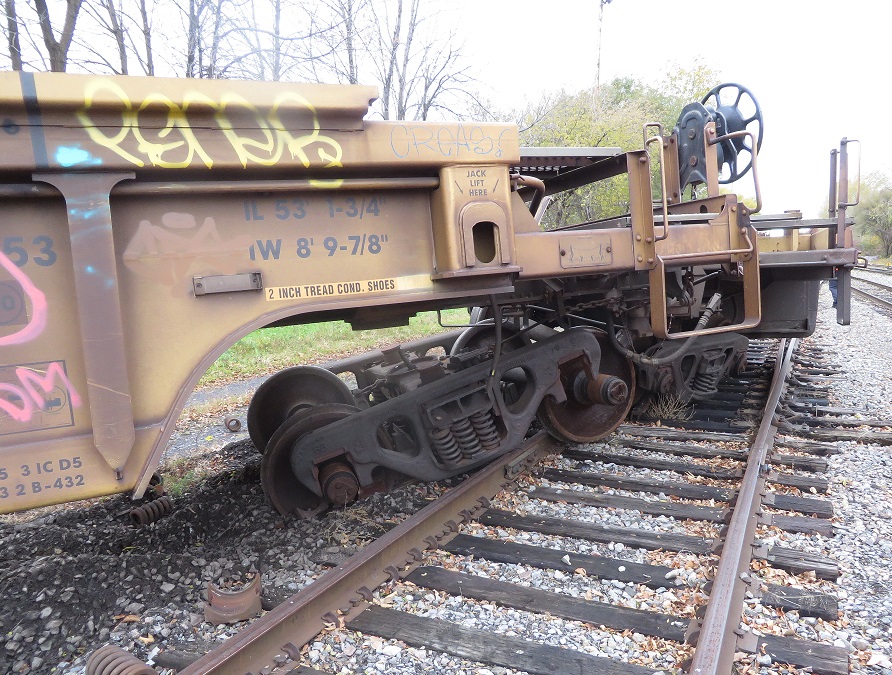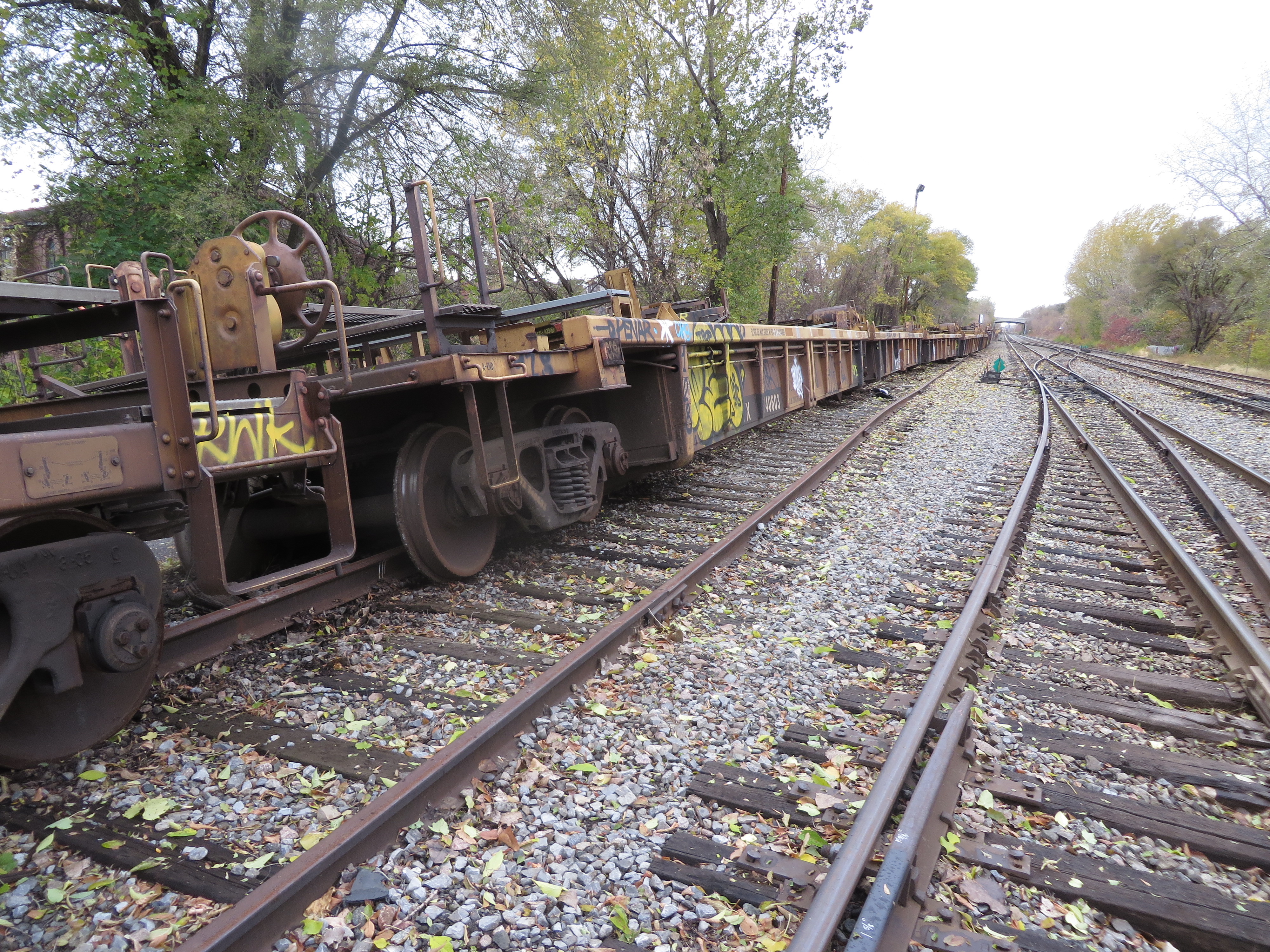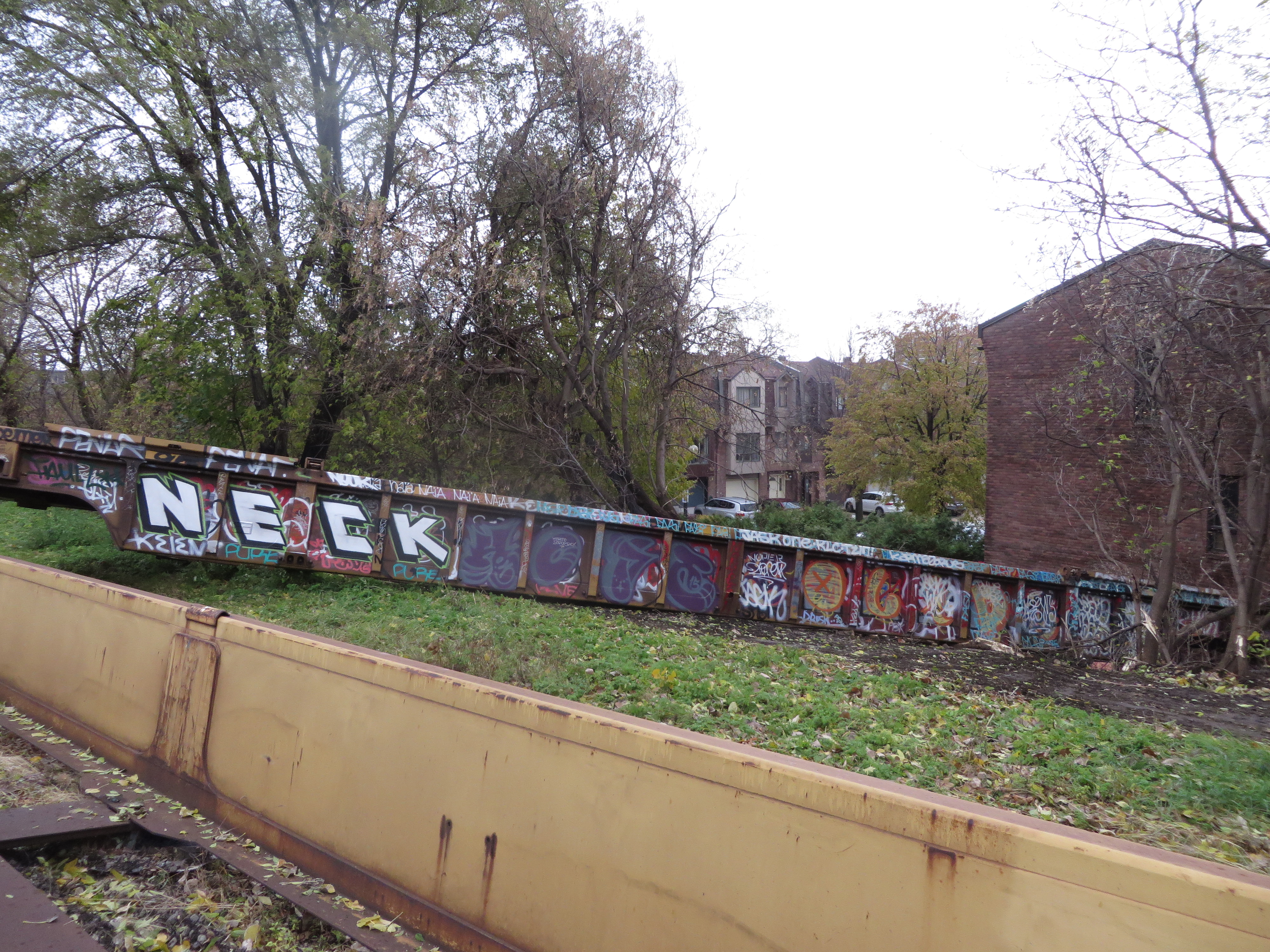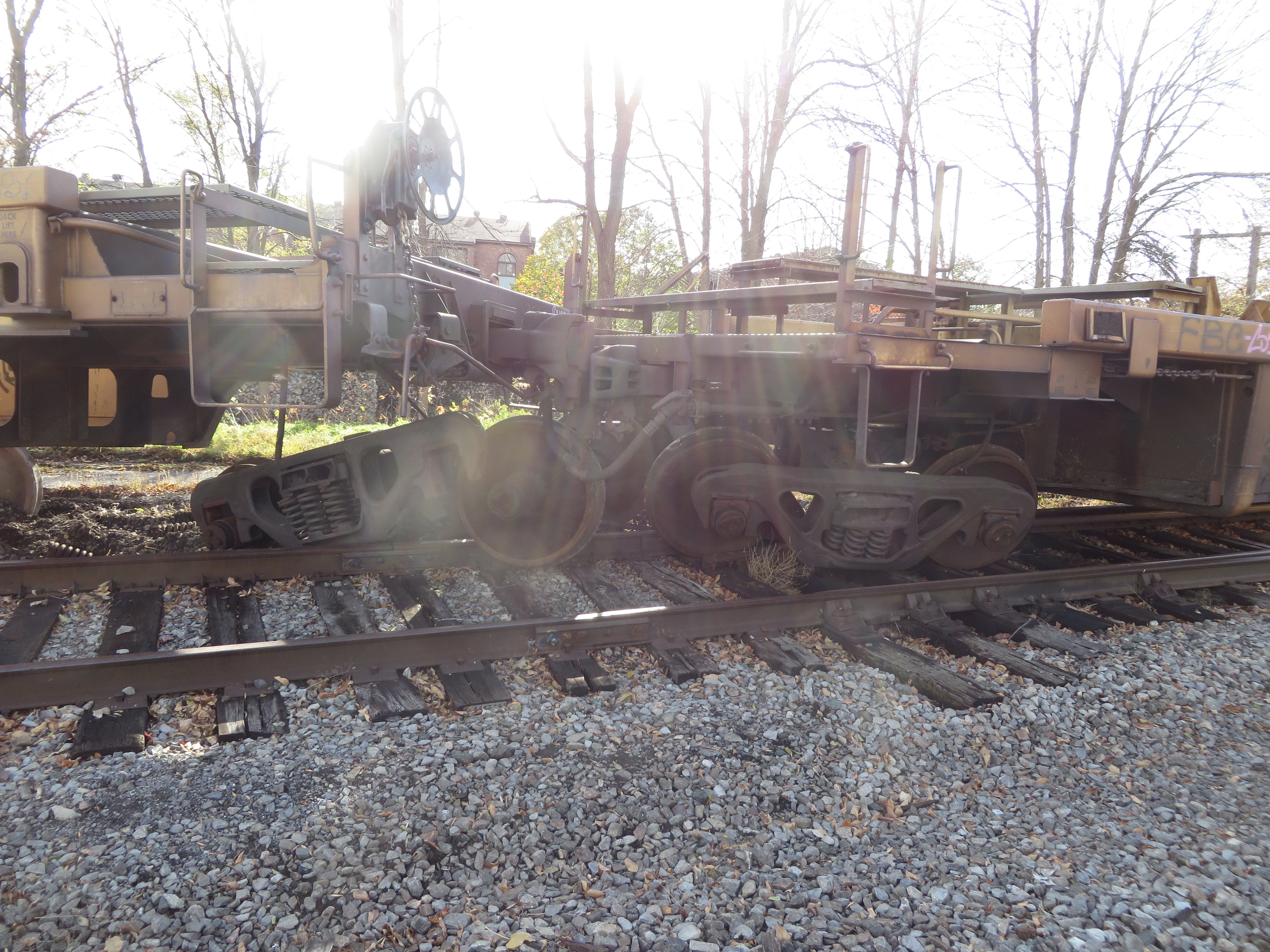Runaway and derailment of cars on non-main track
Canadian Pacific Railway
Stored cut of cars
Mile 2.24, Outremont spur
Montréal, Quebec
The occurrence
On, a cut of empty intermodal cars in the possession of Canadian Pacific Railway and stored near the Hochelaga Yard in Montréal, Quebec, ran uncontrolled, resulting in the derailmcars. The cars and railway track sustained damage. One car struck the wall of a property adjacent to the railway right-of-way. The occupants of 7 homes were evacuated. No dangerous goods were involved, and there were no injuries.
Media materials
News release
Human intervention likely led to October 2015 uncontrolled movement and derailment of parked rail cars in Montréal, Quebec
Read the news release
Deployment notice
TSB deploys a team of investigators to a derailment involving a Canadian Pacific train in Montreal, Quebec
The Transportation Safety Board of Canada (TSB) is deploying a team of investigators to a derailment involving a Canadian Pacific train in Montreal, Quebec. The TSB will gather information and assess the occurrence.
Investigation information
Download high-resolution photos from the TSB Flickr page.
Class of investigation
This is a class 3 investigation. These investigations analyze a small number of safety issues, and may result in recommendations. Class 3 investigations are generally completed within 450 days. For more information, see the Policy on Occurrence Classification.
TSB investigation process
There are 3 phases to a TSB investigation
- Field phase: a team of investigators examines the occurrence site and wreckage, interviews witnesses and collects pertinent information.
- Examination and analysis phase: the TSB reviews pertinent records, tests components of the wreckage in the lab, determines the sequence of events and identifies safety deficiencies. When safety deficiencies are suspected or confirmed, the TSB advises the appropriate authority without waiting until publication of the final report.
- Report phase: a confidential draft report is approved by the Board and sent to persons and corporations who are directly concerned by the report. They then have the opportunity to dispute or correct information they believe to be incorrect. The Board considers all representations before approving the final report, which is subsequently released to the public.
For more information, see our Investigation process page.
The TSB is an independent agency that investigates air, marine, pipeline, and rail transportation occurrences. Its sole aim is the advancement of transportation safety. It is not the function of the Board to assign fault or determine civil or criminal liability.



